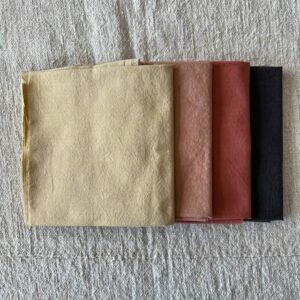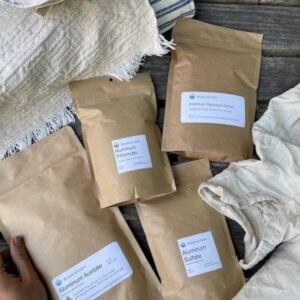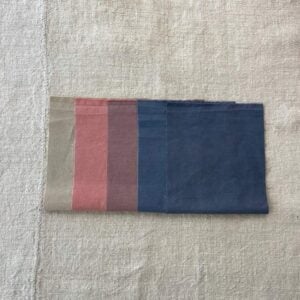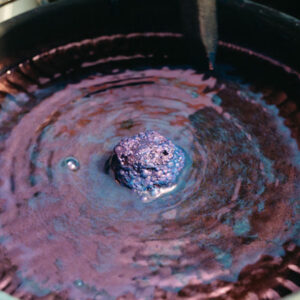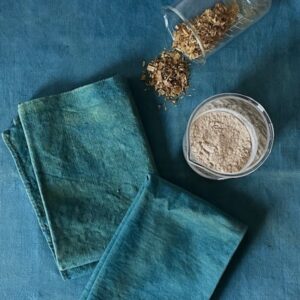Mordant Monday: Gallo Tannin, Fustic and Madder Gradation
This week’s Mordant Monday focuses on Gallo Tannin, also known as Oak Gall tannin, or Oak Galls. We used the extract made from Oak Galls in our gradation, but a similar result comes from oak galls that have been crushed or pulverized. Gallo Tannin is one of the ancient tannins with many uses, including making black ink, leather tanning, and in traditional Asian medicine. It is the most commonly used tannin when mordanting with tannin + alum, as the color it imparts is very light, and it doesn’t show a strong undertone, like sumac or walnut or other tannins with … Read more

